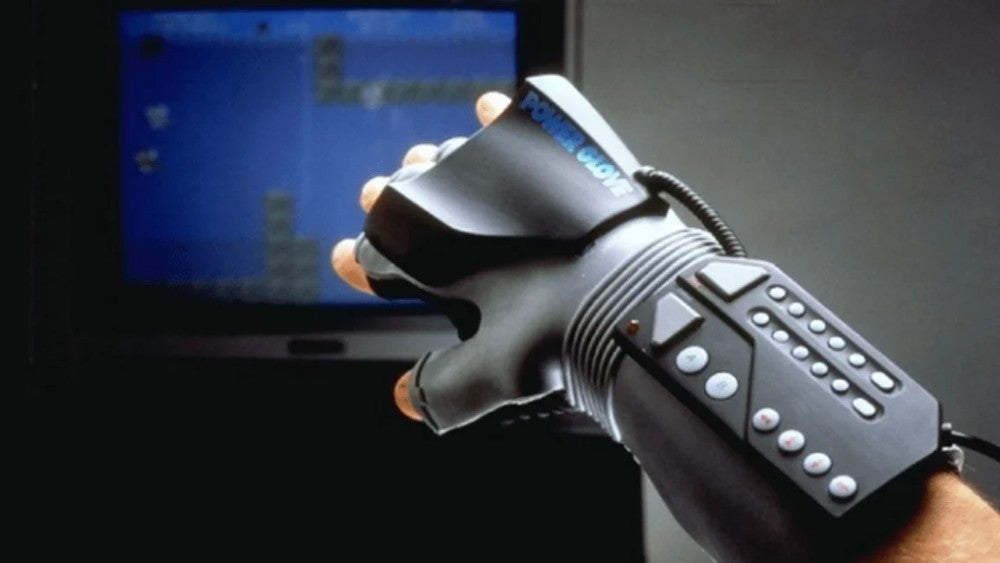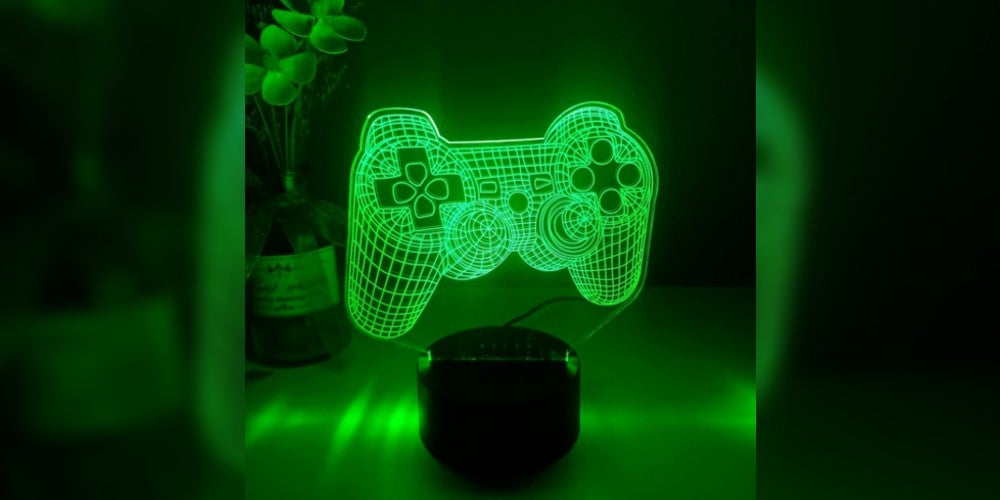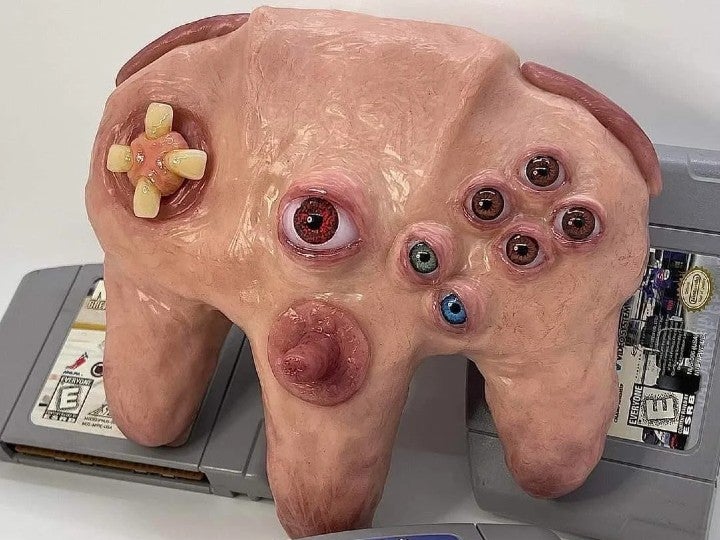Haptic feedback refers to the physical sensation you get when using devices that create touch-based responses. The most notable example of this is the vibration function in gaming controllers. The term “Haptic” comes from the Greek word for “Tactile.”
Table Of Contents
Technology That Uses Haptic Feedback

For gamers, the most familiar type of haptic feedback comes in the form of the vibration of a controller. All modern consoles, such as the PS5, Xbox Series X/S, and Nintendo Switch, all have vibration functions in their controllers.
The reason for such functions appearing in gaming controllers is to impact the player in some way. Often, controllers vibrate when something is happening to your character in-game. Taking damage, starting a vehicle, or charging an attack are all actions that could trigger a vibration to occur.
Getting physical feedback like this enhances the significance of a given situation. You can see what’s happening on screen, but, with haptic feedback, you can feel it as well. Video games use technologies like this to further immerse you into your preferred virtual world.
However, gaming controllers are far from the only inventions that use such functions. There are countless industries that are using tactile technologies to enhance devices and machines. In fact, many are using them to increase the safety and efficiency of a variety of products and services—and have been long before the gaming industry got wind of haptic potential.
Aviation Touch Technology
Flying aircraft of all kinds successfully requires pilots to use many different controls at once. There are tons of buttons, switches, and dials that need to be used to correctly and safely operate a plane, helicopter, or other airborne vehicles. It’s almost too much for your sight alone to take in all at the same time.
Due to this, many of the main controlling devices in aircrafts give pilots force feedback that relates to how their vehicle is performing. This usually takes the form of strong, sudden vibrations from the steering device (a plane’s yoke, a helicopter’s cyclic, etc.).
Such feedback lets the pilot know when their aircraft is beginning to veer off course or slow down sooner than if they were to only look at the cockpit’s gauges and meters. As safety is a top priority when you’re high up in the air, getting feedback from your aircraft as soon as possible is crucial to avoid issues.
Medical Haptic Feedback
The medical industry is using touch technologies more and more these days. Before some potential doctors and dentists leave school, they get a chance to operate in virtual situations. Think Surgeon Simulator, but with more accurate controls.
It’s in this kind of setting that medical professionals get a chance to feel what operating on patients is like before having to deal with a real person. With little to no actual consequences, future doctors and dentists of the world can gain better skills prior to starting their practice.
More impressively, systems with this kind of feedback are being used by surgeons to operate on patients across long distances. The setup for this involves a robot on the patient’s end and a set of input devices (like a virtual reality headset and gloves) on the doctor’s end.
By getting precise feedback, surgeons can feel the resistance of each scalpel cut, which allows them to be about as precise as if they were operating on their patient in person.
The Physical Sensory Systems of Humans

Haptic feedback is only one type of physical sense that humans have. Specifically, it’s one of three main types. The other two types are cutaneous and kinaesthetic.
Haptic perception is the result of actively interacting with something. You need to physically explore an object or surface in order to get any sort of tactile response. An example of this would be blowing up a red barrel in a video game and feeling the vibration coming from your controller as a result.
Next, cutaneous perception involves your body interpreting stimuli from an outside source. Your skin has many kinds of receptors within it, which can give you passive feedback about things you are physically feeling. Examples of this are when you feel pressure or pain, as well as changes in temperature.
Lastly, kinaesthetic perception is when you’re feeling your body move. Being able to gauge your body’s movements and position is vital for all animals that can move—like humans. If you didn’t have this kind of perception, you’d constantly fall over and bump into walls and trees.
The Future of Haptic Feedback in Gaming

As years go by and technology advances, there are more and more traits being inserted into haptic devices. Rumble features are the most basic of such functions. Things are becoming almost like science fiction.
Directional Feedback
More sophisticated controllers are able to create pinpoint vibrations under certain parts of your hands. This gives better directional feedback as to what’s happening in-game—and where.
Get hit by an arrow coming from the left? Then your controller will only vibrate on the left side. Add infinitely more directions and vibrating actuators to get an unprecedented level of tactile orientation.
Ultrasound Technology
What’s more, you don’t even need to directly touch some devices to feel their impact. Ultrasound technology is being used to enhance tactile feedback in some controllers. For a few devices, when your hands enter an area that interrupts a beam of light, you’ll feel a pulsing force from a device.
This is similar to how ultrasound waves are used to check on babies inside the bodies of pregnant organisms. Sound waves are bounced off of an indirect surface to generate feedback. Imagine if this was put into controllers to the point where it could send sound waves to your body. It would allow more physical immersion into games than ever before.
Air Vortexes
In addition to ultrasound, air pressure is also beginning to be used in conjunction with handheld devices. Some technology causes small gusts of air to circulate around your hands. However, the application of this differs a bit from ultrasound.
Instead of giving direct and precise feedback, the air vortexes could be used to simulate the general feeling of something happening. For example, if you’re exploring a video game world and there’s a slight breeze, your controller could create an air vortex blowing in the same direction to immerse you into the setting.


